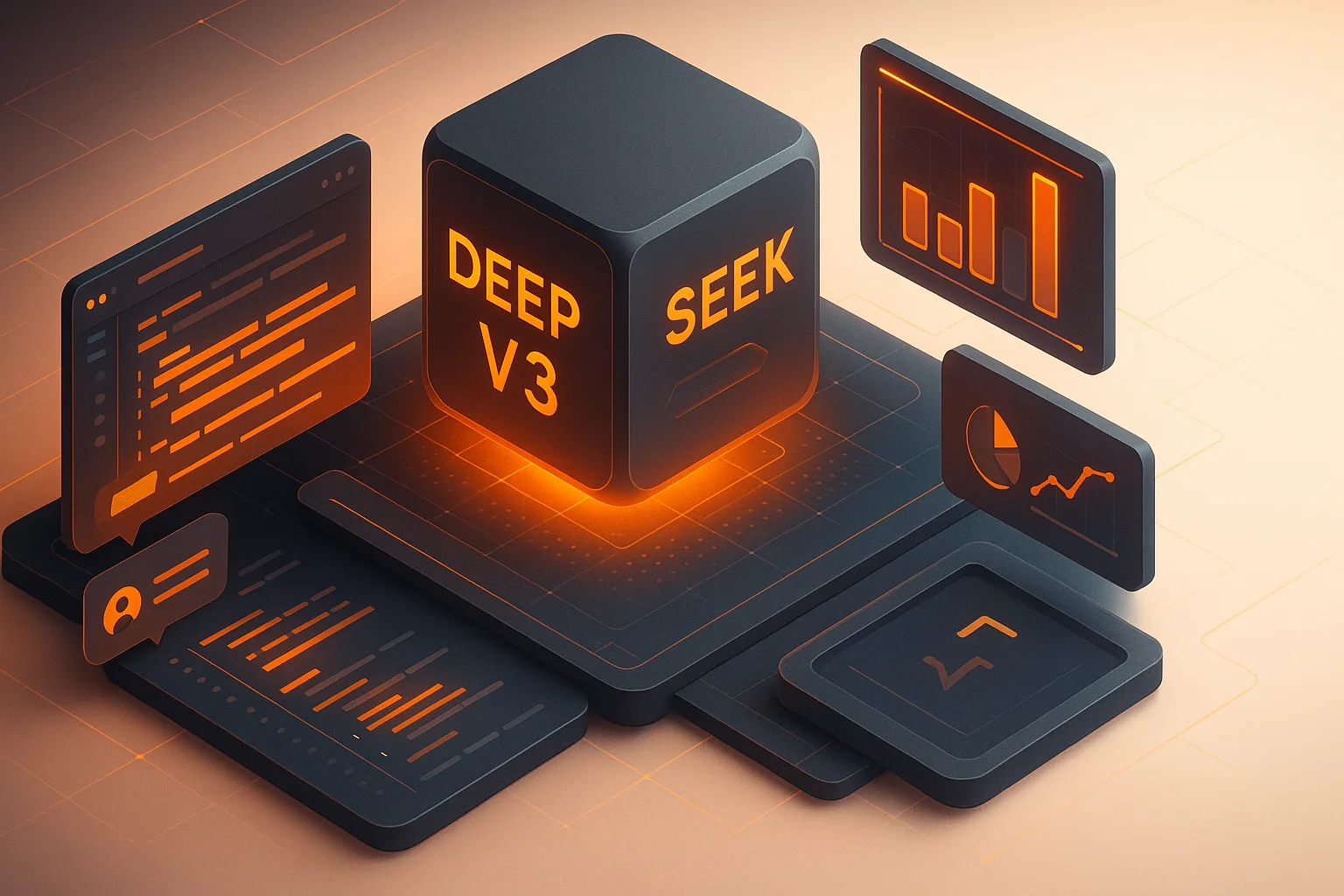Automated Code Review Tools and Practices: 2025 Guide

Automated code review in 2025 is no longer just linting a diff before humans take over. The leading teams orchestrate AI-assisted reviewers, static analysis, security scanners, and policy bots into an intentional workflow that catches defects earlier and gives people the final call. This guide covers the tooling landscape, the practices that separate mature programs from checkbox automation, and the KPIs that prove the investment pays for itself.
We draw on upgrade playbooks from enterprise customers and research from ourmaintenance automation study. Paired with theDevOps automation guide, these practices form a repeatable blueprint for high-trust engineering organizations.
Key Takeaways
- Modern stacks blend AI and deterministic checks: Successful teams combine AI review, linters, SAST/DAST, and dependency intelligence with clear ownership so humans only review high-signal diffs.
- Automation is a change-management project: Rollouts require measuring baseline review latency, aligning with compliance/policy owners, and piloting with friendly teams before org-wide mandates.
- Quality gates must be transparent: Developers adopt automation faster when bots provide rationale, suggested fixes, and links to learn more, not opaque checkmarks.
- KPI dashboards keep funding alive: Track time-to-merge, escaped defect rates, reviewer focus time, and cost savings to prove ROI quarter after quarter.
The automated code review stack: 2025 landscape
The tooling market split into three layers. First, baseline hygiene tools: formatters (Prettier, Black), static linters (ESLint, golangci-lint), and type checkers. These ensure every diff meets foundational standards. Second, deep analysis enginesdeliver semantic understanding; examples include Semgrep Supply Chain, CodeQL, and Infer. Third,AI-assisted reviewers like Propel Code, GitHub Copilot Autofix, and bespoke LLM agents evaluate intent, higher-order design issues, and change risk.
Selecting tools across layers prevents blind spots. Relying entirely on AI misses configuration drift; relying solely on deterministic scanners misses nuanced product bugs. The table below summarizes common components.
| Layer | Goal | Representative tools | Ownership |
|---|---|---|---|
| Formatting & linting | Enforce style, catch obvious mistakes | Prettier, ESLint, Ruff, gofmt | Feature team |
| Static & security analysis | Detect risky patterns, secrets, dependency drift | CodeQL, Semgrep, Trivy, Dependabot | Platform or security |
| AI review & autofix | Summarize diffs, flag logic issues, suggest fixes | Propel Code, Copilot Autofix, custom GPT-5 agents | Platform or review champions |
| Policy bots | Guardrail approvals, ownership, compliance gates | Mergify, GitHub Rulesets, Propel Code Policies | Compliance + platform |
Evaluation criteria that matter in 2025
Focus on outcomes, not feature checklists. Create an evaluation matrix with weighted scoring for the following dimensions:
- Signal-to-noise ratio: Measure how many bot comments engineers resolve vs. dismiss. Aim for >80% acceptance for AI-suggested fixes within four weeks.
- Latency and throughput: Automation should return results before reviewers open the PR. Track average bot response time and concurrency under peak load.
- Explainability: Require surfaced rules, CLI commands, or code snippets so developers know how to remediate issues. Pair this with deeplinks to docs or learning paths.
- Integration depth: Validate GitHub, GitLab, Bitbucket, and IDE support. Audit API rate limits and webhook retries to avoid silent failures.
- Governance: Ensure the tool can enforce branch protections, approvals, secrets policies, and exportable audit logs for compliance.
We recommend running bake-offs using a curated PR corpus. See ourautonomous code review guidefor a scoring template and scripts.
Rollout blueprint: from pilot to org-wide adoption
Automation fails when it surprises developers. Treat the rollout as an iterative change-management initiative. Borrow this four-phase plan and adapt the milestones to your organization size.
- Baseline & align: Measure current time-to-merge, reviewer load, and escaped defects. Socialize goals with engineering managers, security, and compliance.
- Pilot & tune: Select friendly teams with good test coverage. Collect feedback on false positives, comment tone, and ergonomics. Adjust prompt templates and severity bands.
- Expand & govern: Roll automation out by surface area (services, mobile, frontend). Establish escalation paths, fallback switches, and explicit ownership for each check.
- Operationalize & prove ROI: Publish monthly scorecards that show latency improvements, adoption rates, and defect reductions. Keep change logs transparent.
To keep trust high, adopt the transparency tactics from ourguide to preventing reviewer burnout. Pair bot comments with rationale and offer one-click feedback to flag misses.
Best practices for day-to-day operations
Sustained success requires ongoing ownership. We recommend the following operating model.
Treat automation like a product
Assign a PM or tech lead to own the roadmap, collect feedback, and ship improvements. Publish release notes whenever rulesets or AI prompts change.
Instrument everything
Add analytics hooks for time-to-first-review, auto-merge rates, reviewer load, and auto-remediation success. Correlate those metrics with team health KPIs.
Respect developer agency
Provide documented override paths and let teams run dry-runs before enforcing blocking gates. This keeps autonomy intact while raising quality standards.
Audit models and rules regularly
Schedule quarterly reviews of AI prompts, training corpora, and static rulesets. Record findings in your AI risk register and update controls as regulations evolve.
Example automation architecture
A common blueprint uses GitHub as the source of truth, AWS Step Functions or GitHub Actions for orchestration, and a mixture of SaaS and self-hosted scanners. The simplified flow looks like this:
- Developer opens a pull request; rulesets tag service owners and trigger workflows.
- Static analysis jobs run first; findings annotate the diff.
- AI reviewers (Propel Code, GPT-5 custom agents) summarize intent, flag logic risks, and suggest fixes.
- Policy bots enforce ownership, release windows, and dependency version policies.
- Passing diffs auto-merge or route to a human final reviewer with a condensed summary.
This architecture keeps humans focused on novel work. Cross-reference ourintelligent code review playbookfor real-world examples and team staffing models.
Automation toolkit appendix
Use this appendix to pressure-test your stack. Map each layer to an owner, the tools you run today, and the KPI that proves it delivers value. The best programs route deterministic findings into Propel Code so reviewers get AI summaries alongside raw scanner output.
| Layer | Recommended tools | Owner | Primary KPI | Propel Code tie-in |
|---|---|---|---|---|
| Static analysis | SonarQube, Semgrep Code, CodeQL | Platform + security | Critical issue escape rate | Feed findings into Propel Code policies to block merges and auto-assign owners. |
| AI review | Propel Code, custom GPT-5 agents | Platform engineering | Reviewer hours saved per sprint | Propel Code generates contextual summaries and suggested tests to accelerate merges. |
| Policy automation | Propel Code Policies, GitHub Rulesets, Reviewpad | Compliance + platform | Policy breach incidents per quarter | Propel Code enforces branching, approvals, and escalations with full audit trails. |
| Quality analytics | Propel Code Insights, Looker, Mode | Engineering ops | Time-to-merge and review throughput | Centralize metrics in Propel Code, then mirror to BI tools for exec reporting. |
| Training & enablement | Runbooks, office hours, internal workshops | Developer experience | Developer satisfaction (CSAT) | Use Propel Code feedback loops to surface noisy rules and target coaching. |
Track these KPIs monthly. If cycle time stalls, inspect AI response latency and policy bypasses. When acceptance of automated fixes drops below 70%, revisit training and adjust prompts inside Propel Code so explanations stay trustworthy.
Frequently asked questions
How do we measure success?
Track a balanced scorecard: time-to-first-review, cycle time, escaped bug count, auto-remediation adoption, and developer satisfaction survey results. Tie improvements to business outcomes like faster feature launches and fewer on-call incidents.
What if automation blocks legitimate changes?
Implement conditional bypasses with audit trails. Provide a `/override` label that requires a senior reviewer sign-off and capture the reason for tuning future rules.
Can we build this ourselves?
Many teams start with open-source tools but underestimate maintenance. SaaS platforms such as Propel Code shoulder prompt tuning, threat modeling, and observability, freeing engineers to focus on product work.
How do we onboard new teams?
Provide a self-serve onboarding kit: rule documentation, sample PRs, office hours, and a Slack channel for rapid support. Pair that with initial non-blocking mode to build trust.
Ready to orchestrate automation end to end? Propel Code unifies AI review with policy automation, regression tracking, and quality dashboards so you deliver faster without sacrificing trust.
Automate the Code Review Work That Slows Your Team
Propel Code combines AI review, policy automation, and reviewer insights so you can ship safer changes without burning out senior engineers.


